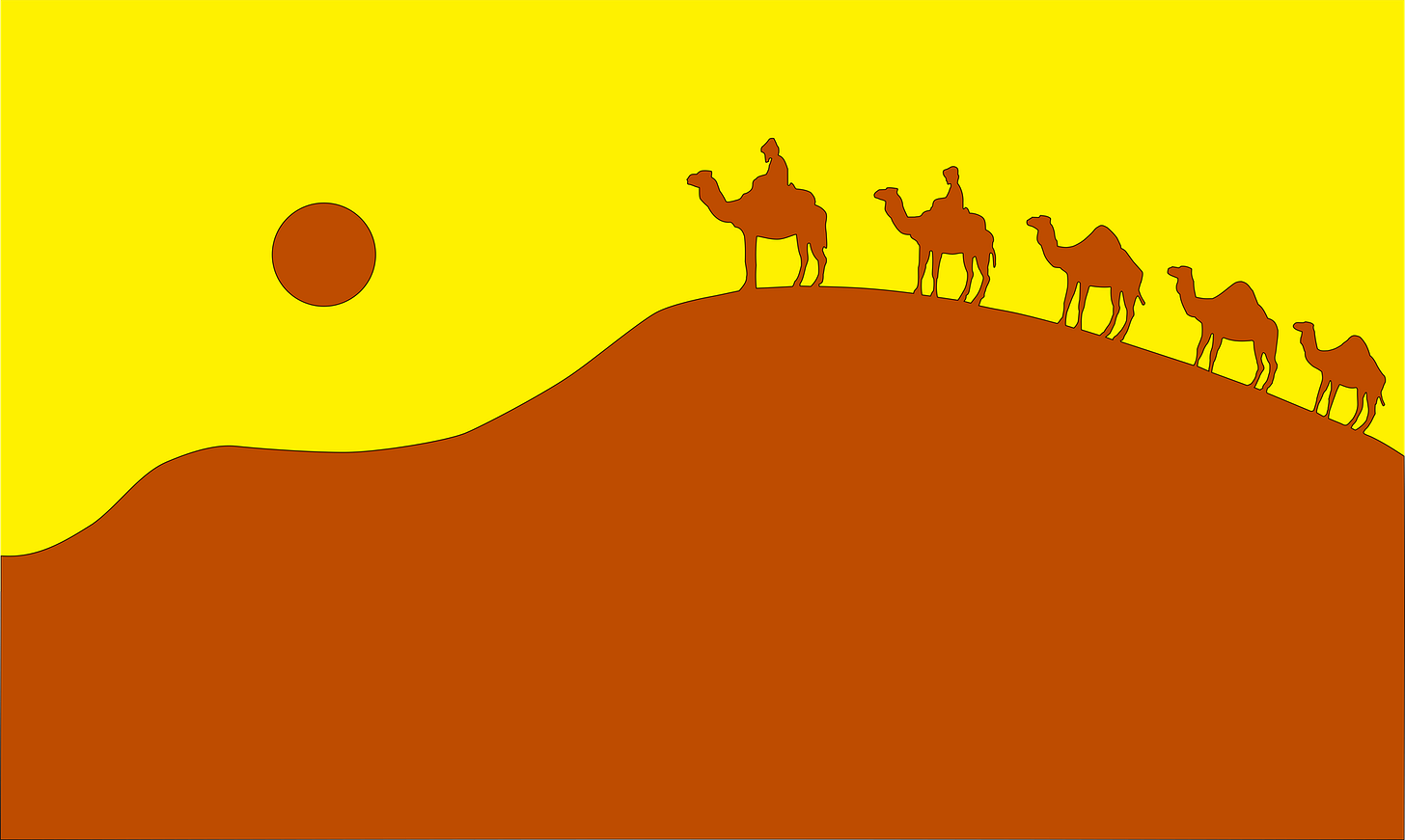Ancient Travel Routes: The Silk Road and Its Untold Adventures
Trade, travel, disease, ideas, the rise and fall of empires, and untold adventures. The Silk Road was a monumental accelerator of human connectivity that set the world stage for modern globalization.

The Silk Road—what is increasingly being now referred to as the Silk Routes—was an ancient network of prominent trade and travel corridors. Beginning in the 2nd century BCE and lasting until the middle of the 15th century CE, these routes once connected numerous cultures; spr…
Keep reading with a 7-day free trial
Subscribe to Those Who Wander to keep reading this post and get 7 days of free access to the full post archives.




